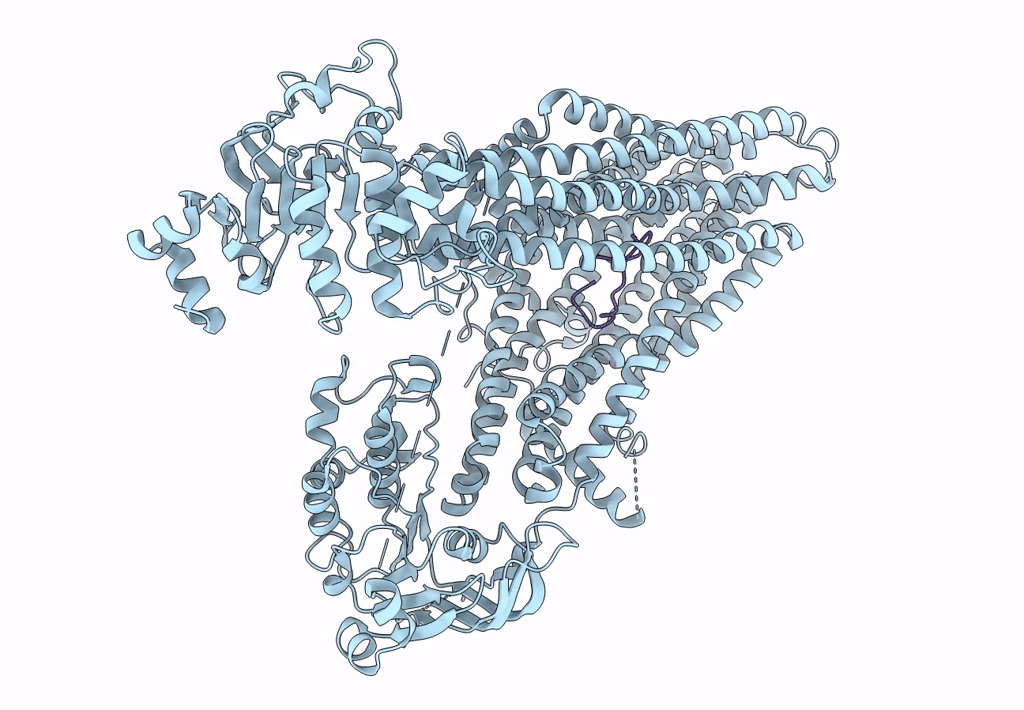
Deposition Date
2022-11-10
Release Date
2023-03-22
Last Version Date
2024-10-23
Entry Detail
PDB ID:
8F4B
Keywords:
Title:
Bovine multidrug resistance protein 1 (MRP1) bound to cyclic peptide inhibitor 1 (CPI1)
Biological Source:
Source Organism:
Bos taurus (Taxon ID: 9913)
synthetic construct (Taxon ID: 32630)
synthetic construct (Taxon ID: 32630)
Host Organism:
Method Details:
Experimental Method:
Resolution:
3.27 Å
Aggregation State:
PARTICLE
Reconstruction Method:
SINGLE PARTICLE


